Actinote
Telchinia , Planema
Andrew V. Z. Brower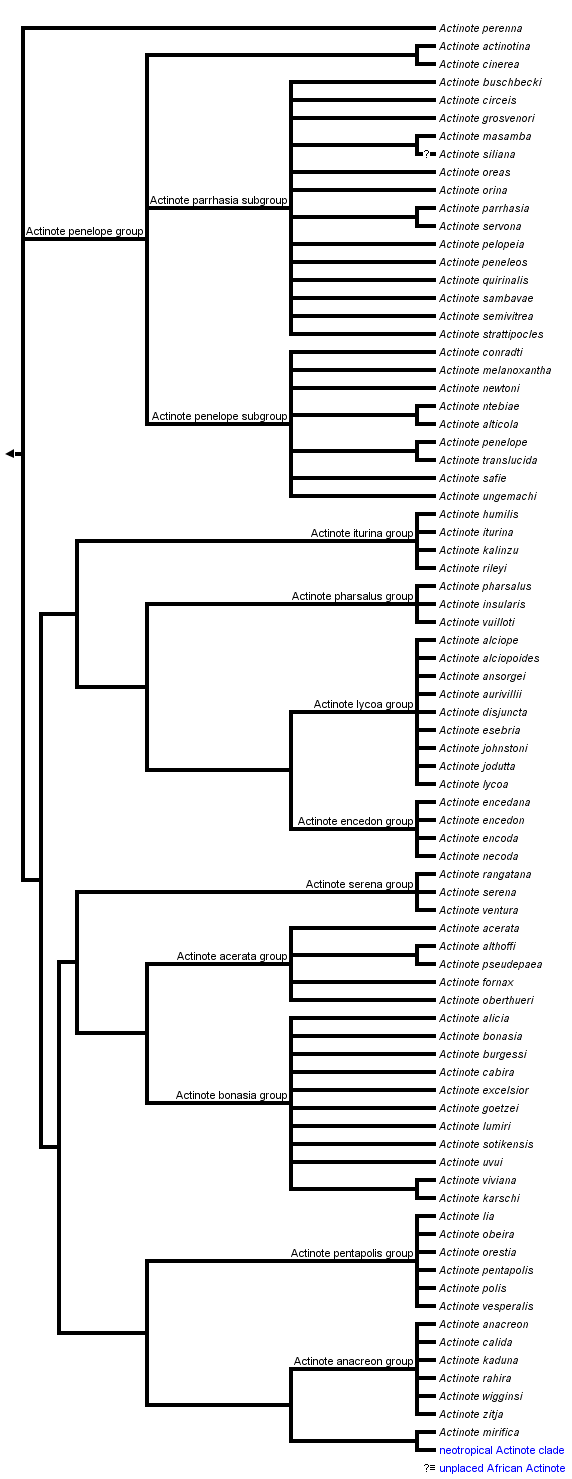


This tree diagram shows the relationships between several groups of organisms.
The root of the current tree connects the organisms featured in this tree to their containing group and the rest of the Tree of Life. The basal branching point in the tree represents the ancestor of the other groups in the tree. This ancestor diversified over time into several descendent subgroups, which are represented as internal nodes and terminal taxa to the right.

You can click on the root to travel down the Tree of Life all the way to the root of all Life, and you can click on the names of descendent subgroups to travel up the Tree of Life all the way to individual species.
For more information on ToL tree formatting, please see Interpreting the Tree or Classification. To learn more about phylogenetic trees, please visit our Phylogenetic Biology pages.
close boxIntroduction
Actinote as currently circumscribed is an acraeine genus that has a bicontinental distribution, with about 1/4 of its species in South America, and the rest in Africa and Madagascar. In both continents, many species are involved in Müllerian mimicry complexes.
Discussion of Phylogenetic Relationships
The tree shown is a composite based upon the morphological phylogenetic analysis of Pierre (1987) and the molecular analysis by Silva-Brandão et al. (2008). The relationships among the neotropical taxa are based on the latter, while the deeper structure of the tree and African species groups are based on the former. Note that Silva-Brandão et al. found neotropical Actinote to be monophyletic as sister group to a polyphyletic grade of members of the genera Altinote and Abananote. There is thus some rather severe nomenclatorial chaos implied, if one wishes genera to be monophyletic groups. The type of the genus Actinote is Papilio thalia L., a neotropical species. African "Actinote" could be called Telchinia (type species Papilo serena Fabr.) if Silva-Brandão et al.'s hypothesis that they are a monophyletic group holds up with increased sampling of African species.
(The neotropical clade is nested high in the tree of African species groups in Pierre's (1987) scheme shown here).References
Ackery PR, Smith CR, and Vane-Wright RI eds. 1995. Carcasson's African butterflies. Canberra: CSIRO.
Lamas G ed. 2004. Checklist: Part 4A Hesperioidea - Papiionoidea. Gainesville: Scientific Publishers/Association of Tropical Lepidoptera.
Larsen, T. B. 2005 Butterflies of West Africa. Stenstrup, Denmark: Apollo Books.
Parsons M. 1999. The butterflies of Papua New Guinea: their systematics and biology. Academic Press, San Diego.
Lees DC, Kremen C, and Raharitsimba T. 2003. Classification, diversity and endemism ofthe butterflies (Papilionoidea and Hesperioidea): a revised species checklist. In: Goodman SM and Benstead JP, eds. The Natural History of Madagascar. Chicago: University of Chicago Press. 762-793.
Pierre, J. 1987 Syst?matique cladistique chez les Acraea (Lepidoptera, Nymphalidae). Annls. Soc. Ent. Fr. (N. S.) 23, 11-27.
Silva-Brandao, K. L., Wahlberg, N., Francini, R. B., Azeredo-Espin, A. M. L., Brown, K. S. J., Paluch, M., Lees, D. C. & Freitas, A. V. L. 2008 Phylogenetic relationships of butterflies of the tribe Acraeini (Lepidoptera, Nymphalidae, Heliconiinae) and the evolution of host plant use. Molecular Phylogenetics and Evolution 46, 515-531.
Title Illustrations

| Scientific Name | Actinote melampeplos |
|---|---|
| Location | Near Mindo, Ecuador |
| Specimen Condition | Live Specimen |
| Source | Melampeplos Actinote |
| Source Collection | Neotropical Butterflies |
| Copyright | © 2004 Kim Garwood |
| Scientific Name | Actinote thalia |
|---|---|
| Location | Conseicao Sao Paulo, Brazil |
| Specimen Condition | Live Specimen |
| Source | Thalia Actinote |
| Source Collection | Neotropical Butterflies |
| Copyright | © 2004 Rick Simpson |
| Scientific Name | Actinote anteas |
|---|---|
| Location | Belize |
| Specimen Condition | Live Specimen |
| Source | Anteas Actinote |
| Source Collection | Neotropical Butterflies |
| Copyright | © 2004 BF |
About This Page

Middle Tennessee State University, Murfreesboro, Tennessee, USA
Correspondence regarding this page should be directed to Andrew V. Z. Brower at
Page copyright © 2006
 Page: Tree of Life
Actinote . Telchinia , Planema .
Authored by
Andrew V. Z. Brower.
The TEXT of this page is licensed under the
Creative Commons Attribution License - Version 3.0. Note that images and other media
featured on this page are each governed by their own license, and they may or may not be available
for reuse. Click on an image or a media link to access the media data window, which provides the
relevant licensing information. For the general terms and conditions of ToL material reuse and
redistribution, please see the Tree of Life Copyright
Policies.
Page: Tree of Life
Actinote . Telchinia , Planema .
Authored by
Andrew V. Z. Brower.
The TEXT of this page is licensed under the
Creative Commons Attribution License - Version 3.0. Note that images and other media
featured on this page are each governed by their own license, and they may or may not be available
for reuse. Click on an image or a media link to access the media data window, which provides the
relevant licensing information. For the general terms and conditions of ToL material reuse and
redistribution, please see the Tree of Life Copyright
Policies.
- First online 04 November 2006
- Content changed 19 March 2008
Citing this page:
Brower, Andrew V. Z. 2008. Actinote . Telchinia , Planema . Version 19 March 2008 (under construction). http://tolweb.org/Actinote/70399/2008.03.19 in The Tree of Life Web Project, http://tolweb.org/




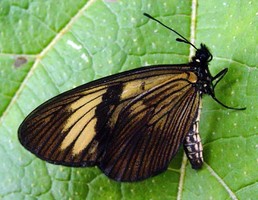
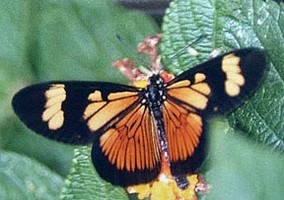
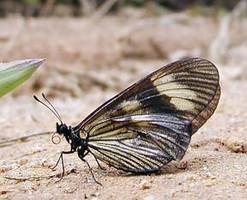

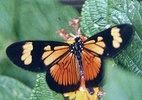
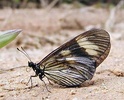

 Go to quick links
Go to quick search
Go to navigation for this section of the ToL site
Go to detailed links for the ToL site
Go to quick links
Go to quick search
Go to navigation for this section of the ToL site
Go to detailed links for the ToL site